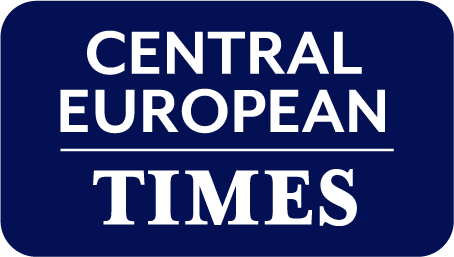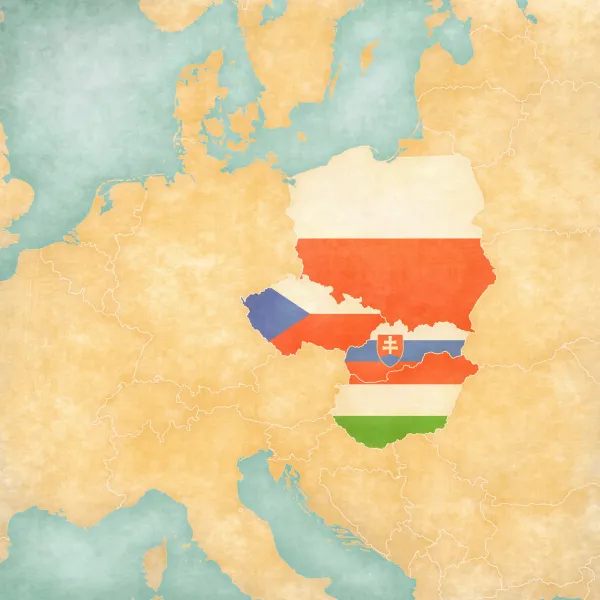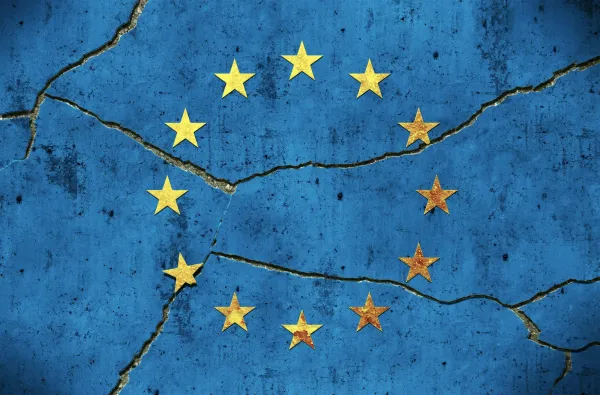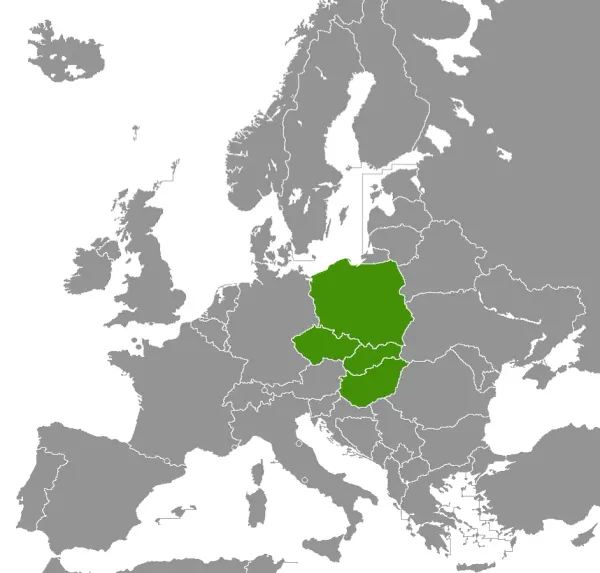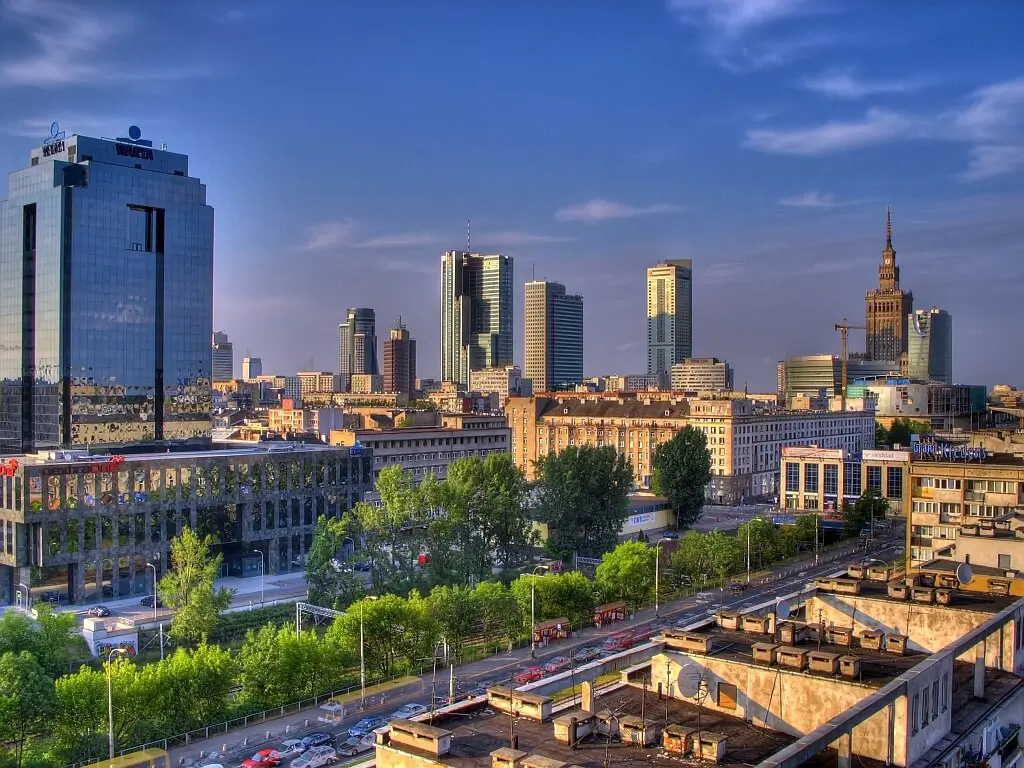
Overtaking on the bend – are the Poles really catching up with Japan?
What are they doing better – or simply doing differently?
Over the past decade and a half, Poland has undergone a remarkable economic transformation, and in several key indicators it is now comparable with Japan. The question many economists are asking is: what is Poland’s secret, and how has it managed to outpace its Central European peers?
Measured in purchasing power parity, Poland’s GDP per capita reached around $52,000 in 2024, just behind Japan’s $53,000. The gap between the two economies has narrowed to only a few thousand dollars — meaning that in the coming years, Poland could well match or even surpass Japan on this measure. In nominal terms, the difference remains vast, as Japan’s economy is the world’s third largest. But in PPP terms, the convergence is symbolically significant: it shows that a Central European nation is now operating at a level close to the developed world.
A growth story that endured
Poland’s growth is not new. During the 2008 financial crisis, it was the only EU country to avoid recession, and since then it has maintained a steady upward trajectory. Throughout the 2010s, GDP expanded by an average of 3–4% annually, and after the pandemic-induced dip, growth returned to around 2.5–3% in the early 2020s — a strong performance by European standards.
Neighbouring economies have followed more uneven paths. The Czech Republic, once wealthier than Poland in the early 2000s, has seen its growth slow as its highly export-oriented, car-dependent economy became vulnerable to external shocks. Slovakia has faced similar challenges. Hungary’s performance has hovered around the regional average, alternating between rapid expansions and periods of stagnation, while Romania has surprised many by recording one of the fastest convergence rates in the EU — rising from 57% of the EU average income in 2012 to 77% in 2022. What makes Poland stand out is not just the pace, but the durability and balance of its growth.
Big market, rising productivity
Several factors underpin Poland’s success. EU membership was pivotal: the country has been one of the largest beneficiaries of European funds, channelling them into infrastructure, innovation, and competitiveness rather than short-term consumption. The second advantage lies in its domestic market — with nearly 38 million consumers, Poland has a sizable internal demand that cushioned it from global downturns. While other export-dependent economies suffered during international slowdowns, Poland’s household consumption kept growth on track.
A third strength has been productivity gains. Since the 2010s, Poland has modernised its industry, built up digital infrastructure and attracted major investments in technology. Education reforms and a flexible labour market helped workers adapt to new industries, ensuring not only expansion but also greater efficiency. Stable institutions and a relatively predictable economic policy environment have further strengthened investor confidence.
Poland’s economy is also more diversified than that of many of its neighbours. Whereas the Czech and Slovak economies rely heavily on car manufacturing, Poland’s growth rests on multiple pillars — domestic consumption, IT services, business process outsourcing, agriculture, and a growing energy sector. This diversity provided resilience during turbulent times, from the global financial crisis to the pandemic.
Politics and the Polish model
There are political lessons, too. The Law and Justice (PiS) government, in power from 2015 until late 2023, combined market-oriented growth with strong social programmes — generous family benefits, pension increases and wage rises boosted domestic demand and, in turn, economic expansion. Yet, the party’s centralised economic management, growing state control over key companies and rule-of-law disputes with Brussels created uncertainty for long-term investors.
The new administration of Donald Tusk, which took office in 2023, has sought to restore institutional stability and rebuild ties with the EU, while maintaining some of the previous government’s popular welfare measures. The Polish experience shows that rapid economic convergence does not necessarily come with political harmony: while many citizens have benefited from rising incomes, debates over distribution and governance continue to divide society.
Still, Poland’s rise is not merely about speed, but about balance and consistency. The country began its reforms early, maintained a broadly consensus-driven economic policy, and focused on competitiveness rather than short-term populism. As a result, Poland has become one of the EU’s most dynamic economies, and — when adjusted for purchasing power — now stands shoulder to shoulder with some of the world’s most advanced nations.
